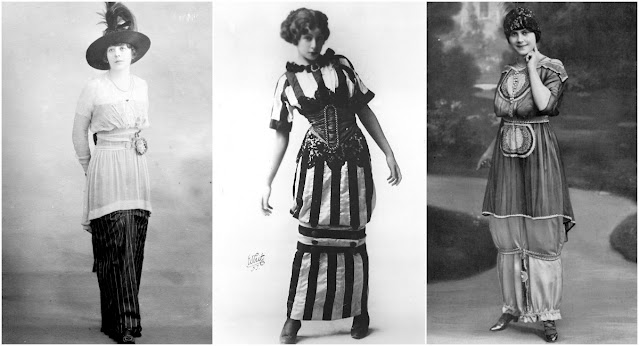In the early 20th century, a unique and mobile form of housing emerged —the so-called wooden homes on wheels.
These structures, colloquially known as mobile homes, offer a captivating glimpse into a bygone era, when flexibility, craftsmanship, and the open road beckoned to a generation yearning for adventure.
The concept of mobile living was not entirely novel during this era. However, it was during the early 20th century that it gained significant traction.
The confluence of factors, such as improved transportation systems, economic opportunities, and the desire for a more transient lifestyle, led to the rise of wooden homes on wheels.

A family in front of their home on wheels.
The Smithsonian awards the honor of being the nation’s first recreational vehicle to Pierce Arrow’s Touring Landau in 1910.
The Touring Landau used a patented, fifth-wheel trailer hitch mechanism that was permanently attached to the automobile.
The model was shown at Madison Square Garden and offered to the public for $8,250. It lists a phone line to connect the trailer to the driver and has a chamber pot.
 Early motorhomes were usually converted goods trucks and were heavy, noisy, inflexible and expensive, restricting their use to the wealthy or self-builders.
Early motorhomes were usually converted goods trucks and were heavy, noisy, inflexible and expensive, restricting their use to the wealthy or self-builders.
Until the 1920s, the most common car was the Ford Model T, and RVs had to be custom-built. In 1923, a Nomad house car was built on the chassis of the Ford Model TT.
It was owned by novelists John Stanton and Mary Chapman, who owned it for 47 years and traveled in it to 24 states.
In 1927, Leonard S Whittier built a custom RV on the chassis of a Brockway model H bus chassis. It had wicker chairs, bookcases, a refrigerator, and a sink as well as an electric stove. It even had a septic tank. The 1930s decade saw manufacturers begin to make travel trailers, ranging from very small to very large. In 1936, the Curtiss Aerocar was made by Glen Curtiss, an aircraft designer.
The 1930s decade saw manufacturers begin to make travel trailers, ranging from very small to very large. In 1936, the Curtiss Aerocar was made by Glen Curtiss, an aircraft designer.
In the same year, the Airstream Trailer Co. manufactured the Clipper, with riveted aluminum resembling an airplane. It could sleep four and carried a supply of water.
In 1937, the teardrop trailer which slept two became popular. In 1938, Commander Attilio Gatti, an Italian explorer, had two “jungle yachts” made for his trips to Africa.
The jungle yachts had a dining car, bar, two bedrooms, and lighting, as well as a telephone.
 Living in these homes on wheels was not without its challenges. These homes were relatively compact compared to traditional houses, and they presented difficulties in terms of heating, plumbing, and insulation.
Living in these homes on wheels was not without its challenges. These homes were relatively compact compared to traditional houses, and they presented difficulties in terms of heating, plumbing, and insulation.
However, the inhabitants of these mobile homes were inherently resourceful.
Wooden homes on wheels from the early 20th century are more than just dwellings on wheels; they represent a unique chapter in American history.
They symbolize a time when individuals were ready to forego traditional living for the thrill of the open road and the bonds of community that came with it.
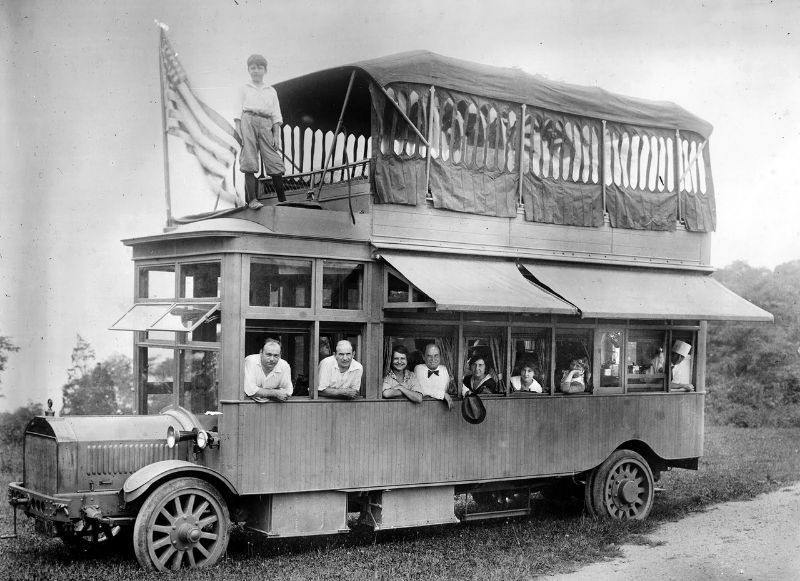
The superb bus of Ray Conklin, president of the New York Motorbus Company in 1915.
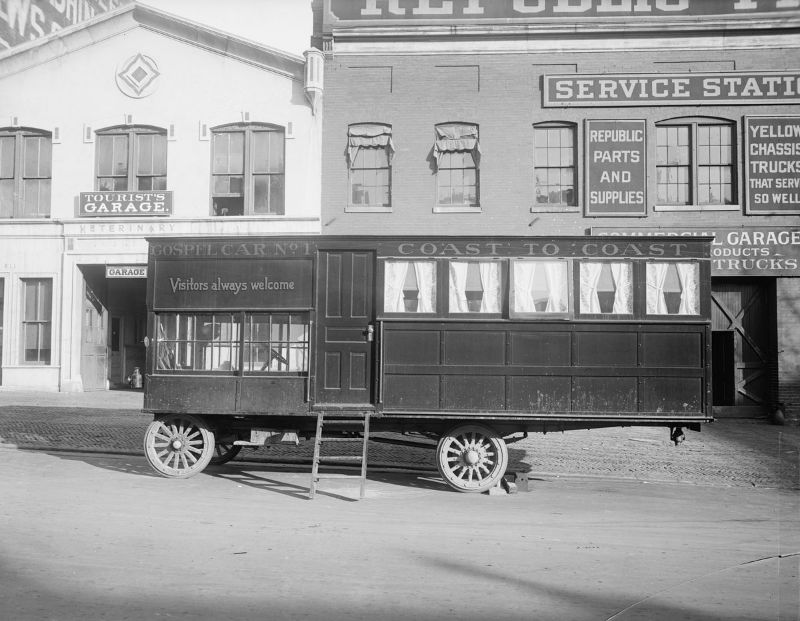
Gospel Car No. 1, built by William Downer in Glassboro, New Jersey, late 1910s.
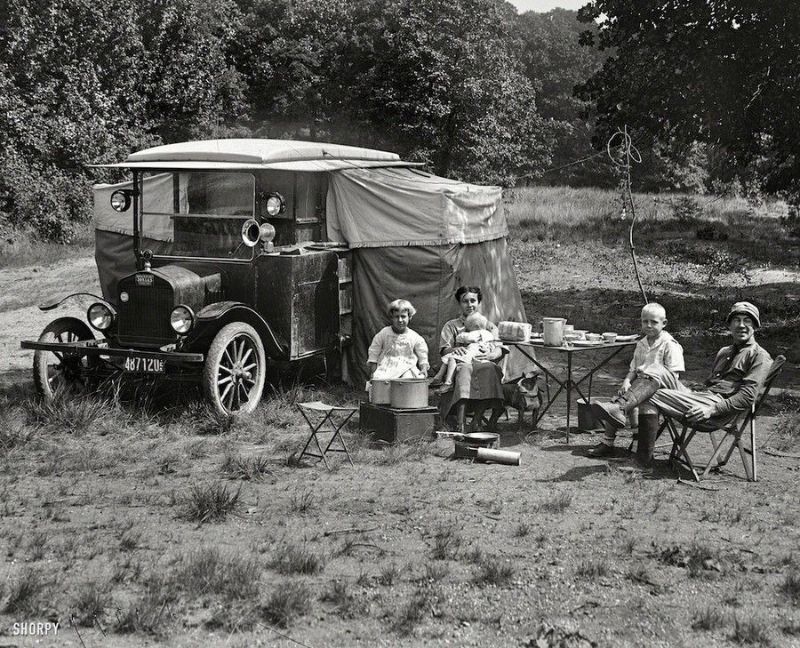
Dr. A. A. Foster and his family in an auto tourist camp, ca. 1920.
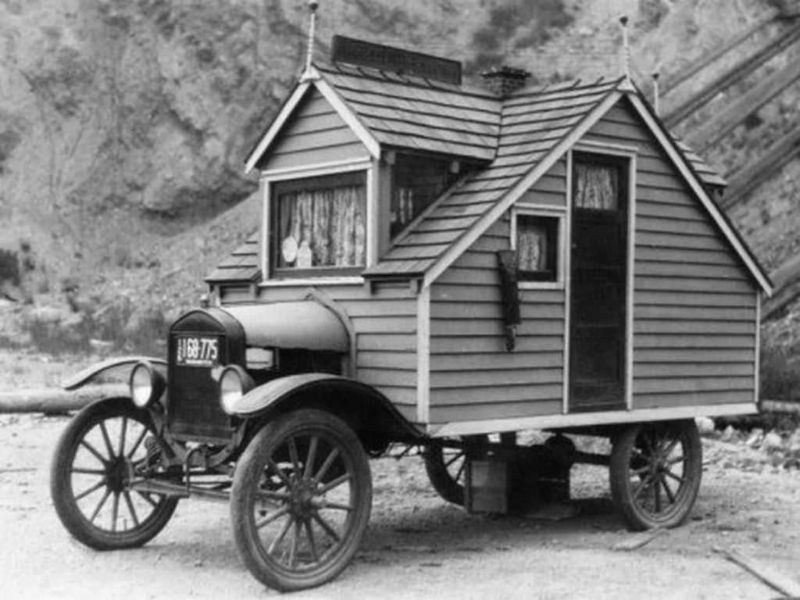
A Ford Model T from the early 1920s.

On a Ford TT chassis.
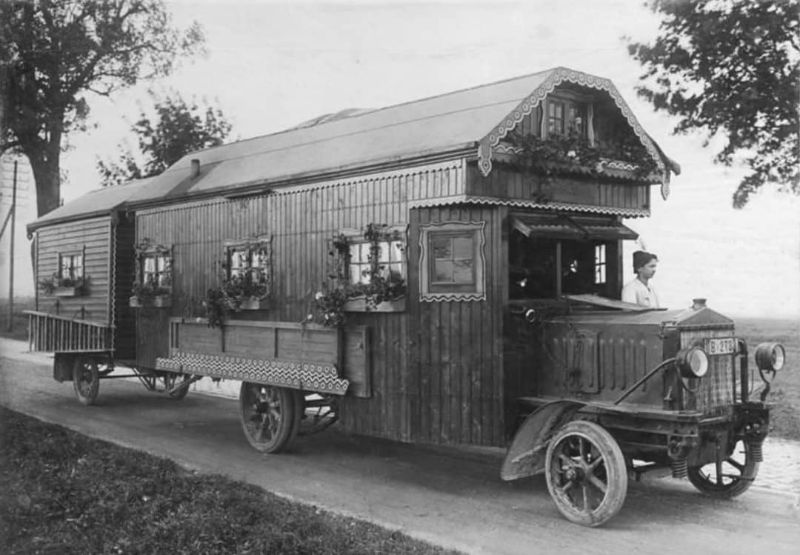
A German country house on wheels in 1922.
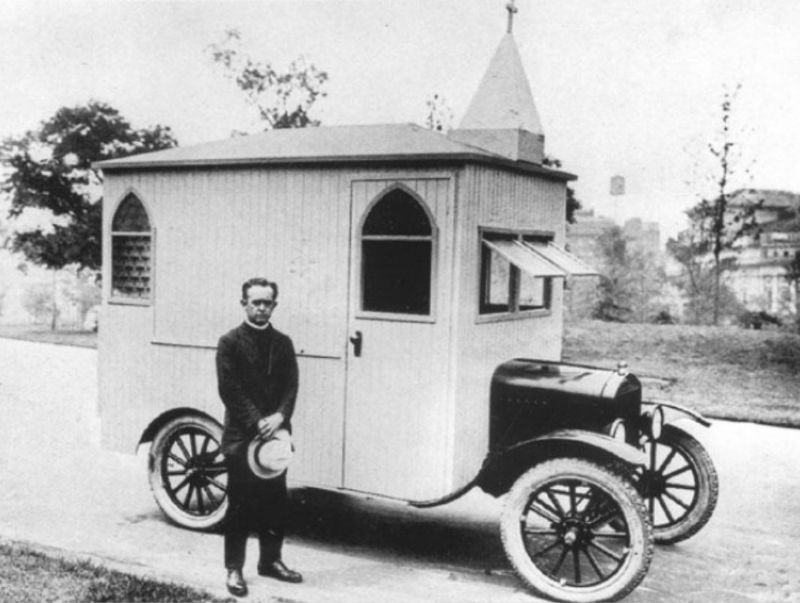
A traveling minister with a tiny church car, with a tiny organ inside and a foldable rooftop steeple, 1922.

A fancy homebuilt motorhome, built on a Ford Model TT truck chassis in Ohio, 1924.
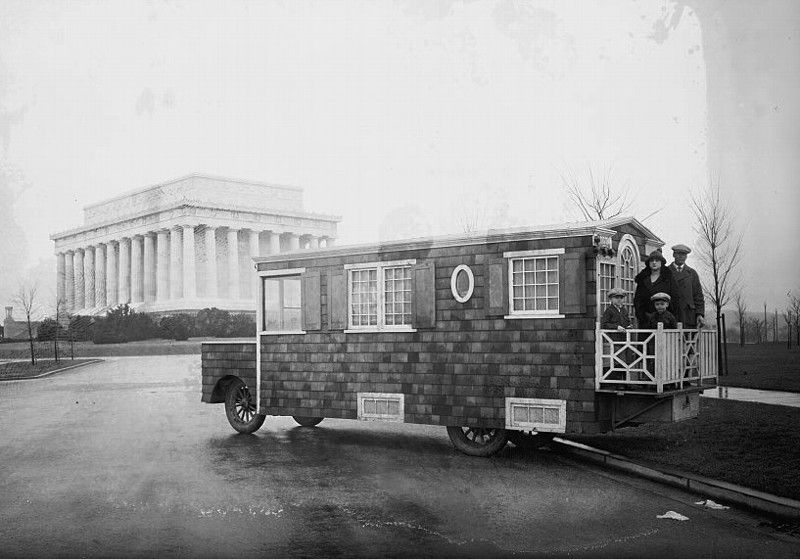
W. M. O’Donnell and his family in their “bungalow auto”, 1926.

The Burn Family (June and Farrar) and their moving house, 1929.
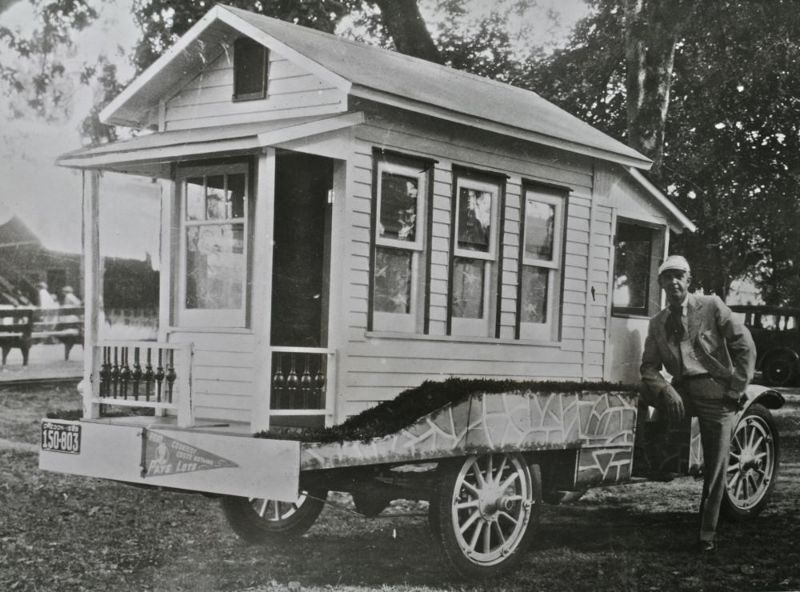
The homebuilt car of Charles Miller with a nice bit of lawn, 1930.
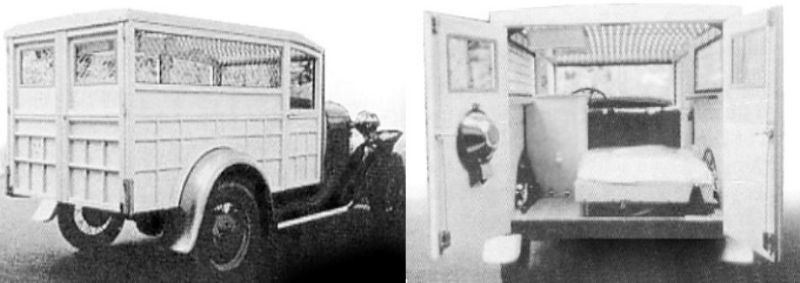
Ford Model A Traveler, 1931.
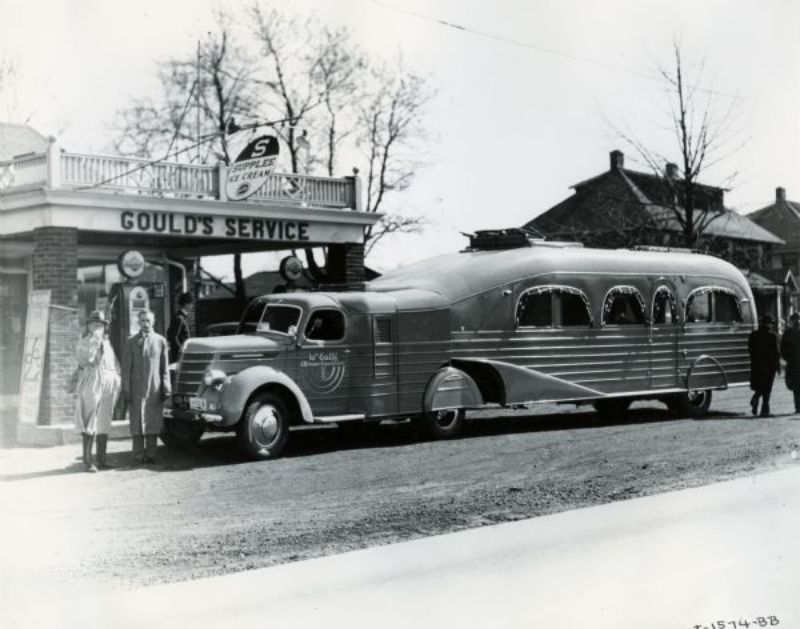
The Jungle Yacht was created for and used by Italian explorer Commander Attilio Gatti and his wife, who both traveled extensively to the African Congo as a deluxe apartment.

Ford Model A Traveler, 1931.
(Photo credit: tincantourists.com / Vincze Miklós via Gizmodo and Topical Press Agency / Wikimedia Commons / Pinterest / Flickr).
Thanks you for viewing the articles, please like and share to your family !


